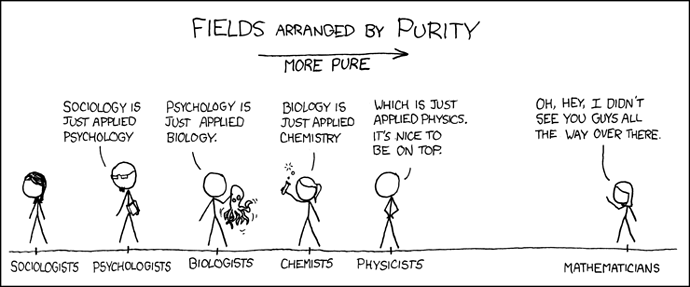I realize this is probably the wrong forum, but I feel like I’m likely to get a reasonable response here. I had a question about the dividing line between what the AiG group calls “operation”/“operational” (they use both terms) versus “origin” science.
I’ve never heard that distinction made by an actual scientist before of course, so I was curious what their criteria were for classifying a given scientific activity as one or the other. Their site gives some examples like pottery and fossils for “origin science,” “operation science” being observable and repeatable (using the “so-called ‘scientific method’” …why is it “so-called“?), but they don’t really get into specifics.
I’m mostly curious how they would classify something like forensics and crime scene investigations. Take, for example, a domestic murder-suicide by firearm. No (living) eyewitnesses, but plenty of blood splatter on the walls to indicate how and from where each shot was fired. Since no one is alive to report what happened, what can the forensic experts do to qualify their work as “operation science”? They can’t repeat the experiment by killing the people again, so they’d have to rely on “circumstantial” evidence which apparently makes it “origin science.” Or would AiG think “origin science” was good enough in this case?
Back when they called it “historical science” it seemed like they used that distinction to arbitrarily dismiss whatever evidence contradicted their claims. Ham did this a lot during his debate with Bill Nye, for example. Now they call it “origin science” and it seems limited to archeology and geology for some reason. It’s all very confusing.
Also, when did they change it from “observational vs. historical” to “operation vs. origin”? Was there a corresponding adjustment in their positions or was it just a nomenclature update?
(And does anyone else read everything on that site in Ken Ham’s voice? I think the accent is probably a large part of his appeal! At least he doesn’t sound like the Shane Co. guy.)
